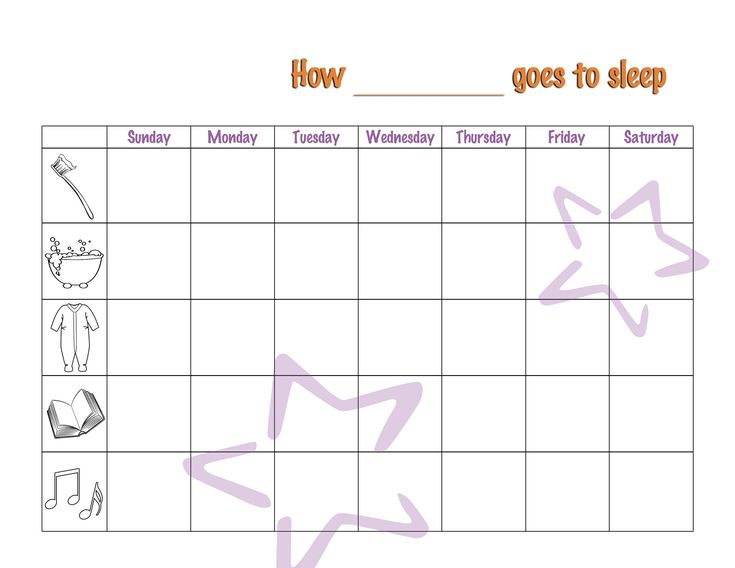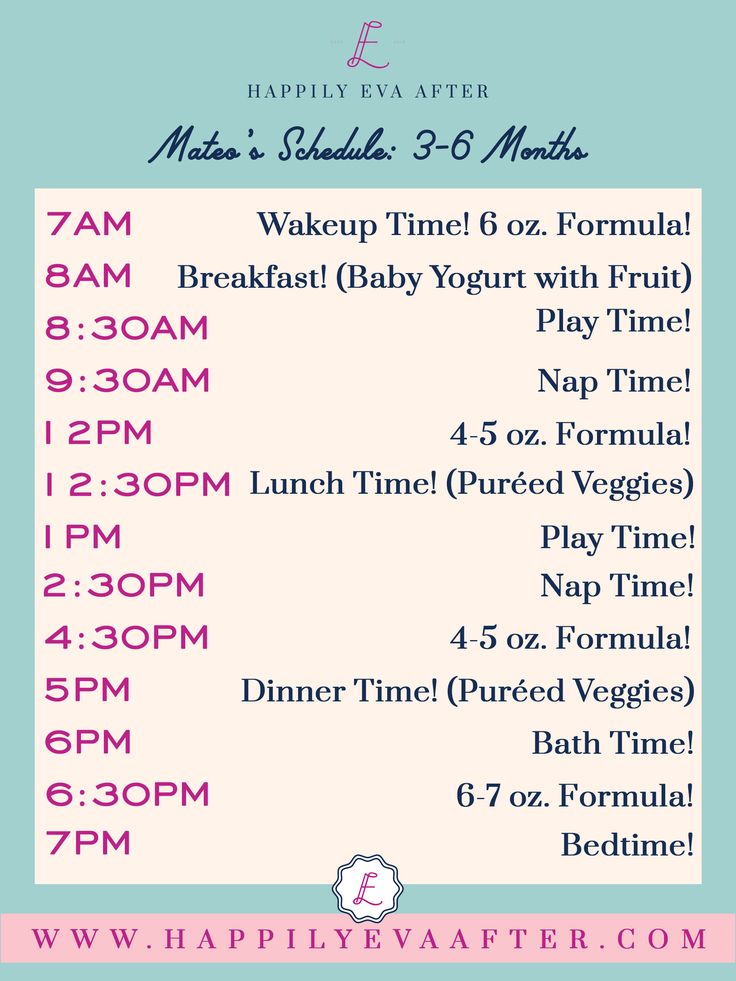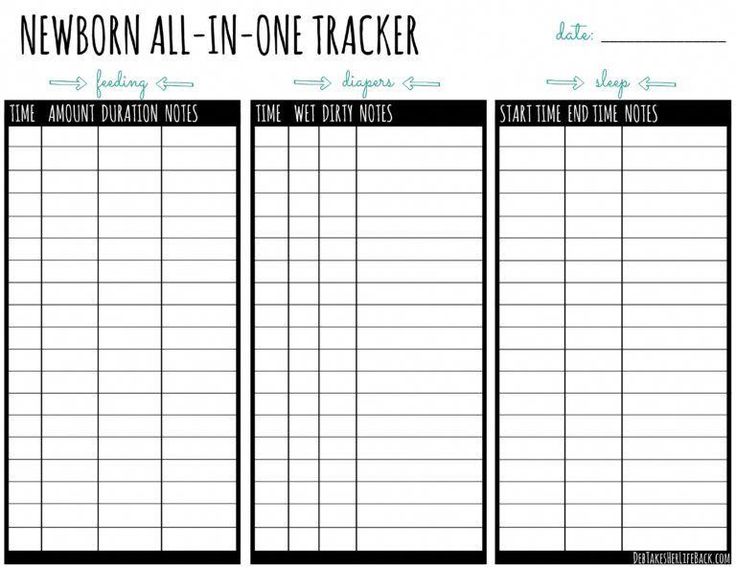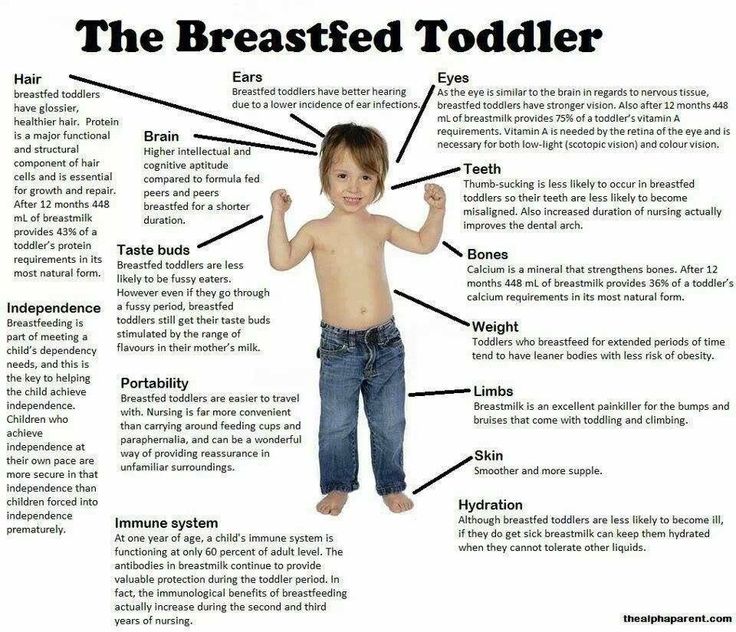Printable baby feeding and sleeping chart
A Newborn Feeding Chart That Works (With Printable!)
What's in this post...
Inside you’ll find all you need to know to put into a newborn feeding chart and then have a printable one for yourself! Whether or not you are interested in sleep training, this will get you started on a great solid routine.
I gave birth to my firstborn in a hospital in Aberdeenshire, Scotland.
With a midwife whom I’d never met.
It all happened so fast and no one thought I was actually near 10 cm because they hadn’t checked dilation since I wasn’t in much pain. Must not be close, they assumed.
But really I’m a redhead and my pain signals are all jacked up so then it was go time before we knew it.
“But I don’t even have the paperwork ready…” she said in a sort of sweet and confused voice.
“IT’LL WAIT!” I yelled.
Fast forward a few days…
Fast forward a few days and I was ready to start tracking my baby’s feeds. I couldn’t remember which side she had fed from or if she was feeding enough and I felt stressed.
I wanted to write it down and keep it in her nursery. So I used a pen and a little notepad and over the next few weeks kept diligent track to make sure things seemed okay.
They were!
Read: The ultimate newborn napping, feeding, and sleeping schedule
Newborn Feeding Chart
Use this simple printable chart to track your feeds to make sure baby is fed, your supply is up, and everyone is well.
Basic Feeding Tips For The Early Weeks
(Psst… you can scroll down and get your free downloadable newborn feeding chart).
Here are some basic rules of thumb when it comes to feeding newborns. Talk to your pediatrician or nursing consultant if you have any issues, but for most babies these principles will help you have a calm, contented baby.
Read: 8 reasons you’ve got a fussy whiny little one
Focus On Filling Baby Up
Newborns are sleepy. They want to feed a bit then nod off. This is not a good idea for a few reasons, listed below.
They want to feed a bit then nod off. This is not a good idea for a few reasons, listed below.
To keep track of whether or not your baby is taking full feeds, scroll down and get your free newborn feeding chart so you can keep track.
- Babies do not get the breast milk most rich in fat and calories (the hind milk) because if they nurse for a short period they’re only getting the fore milk (less density which means less filling).
- Also, they will not go into a deep sleep (which takes around 20 minutes) and then when they transition through sleep cycles (around 45 minutes or so after they’ve gone to sleep) they’ll wake up out of hunger.
- You will be feeding baby every hour all day long.
Related Reads:
- What To Do When Baby Is Feeding Every Hour (& Not Sleeping!)
- Feeding Baby Through One Year
Newborn Settling Guide
Tried-and-true *hands on* newborn settling strategies that even the most fussy (or wide-awake-sleep-refusing) newborns cannot resist!
Learn More
Feed Unswaddled By Day And Swaddled By Night
We want our babies to know the difference between night and day so they’ll have their wake times in the day and sleepy time at night.
This means that we create certain associations with being awake and other associations with sleep. One of those is the swaddle. You should swaddle from Day One because this will decrease the likelihood your baby “fights the swaddle.”
I had 5 babies and none fought the swaddle because we did it from Day One and there simply wasn’t an option.
Babies who are not swaddled will wake frequently or nap lighter since the startle reflex (moro reflex) will cause their arms to rise up and “startle.”
If they aren’t in a deep sleep cycle this might be enough to wake them.
During the day unswaddle them to feed so you’re communicating wake time. At night, unswaddle the bottom of their swaddle (the swaddles perfect for this shown below) to change their diaper, then reswaddle them and feed swaddled. This means baby will essentially sleep through the feed. Voila!
Read: How to clear up daytime and nighttime confusion in babies
Bring Baby To You, Don’t Lean Towards Baby
Those midwives in Scotland had it going on. Not only did they give you all the logistics while you were in the hospital, they visited you for a few weeks AT HOME during the postpartum period.
Not only did they give you all the logistics while you were in the hospital, they visited you for a few weeks AT HOME during the postpartum period.
You could ask them absolutely anything about anything and they helped make it all work. One thing they gave me in my welcome packet was a DVD on how to get baby to latch properly.
With 5 babies I have had 0 issues with latching on and I’m telling you this works.
Instead of leaning down onto baby, position the breast and the baby’s head so that you push the baby onto your breast.
This means your bringing baby where the milk is, not trying to bring the milk down to baby. And, it means this will make for a better latch.
Related Reads:
- The Difference Between Midwives And Doctors
- How To Get Your Newborn To Sleep Well From Day One
Newborn Feeding Chart
Use this simple printable chart to track your feeds to make sure baby is fed, your supply is up, and everyone is well.
Example Daily Rhythm
Newborns have tiny tummies. You’ll be feeding baby around the clock for weeks at a time. However, by giving full feeds and keeping baby awake during feeds (which can be a feat) you’ll be able to increase the time between feeds providing baby with more restorative naps.
Initially you want to aim for feeding baby every 2.5 to 3 hours. So you may feed at 6 am, 8:30 am, 11:00 am, then 2:00 p.m.
The only reasons baby should feed less than 2.5 hours apart are these:
- Baby is not feeding enough at each feed (not getting calorie rich hind milk or enough ounces of formula)
- They are going through a growth spurt.
- You are cluster feeding in late afternoon early evening on purpose.
Read: The Easy Peasy Newborn Routine That Makes For Happy Babies
A Printable Chart That Works Like A Charm
I’ve created a newborn feeding chart below where you can record what times your baby is feeding and use that to find a good rhythm for you and your baby.
Read: The Dreamfeed: The Why, The How, & When To Stop
Is baby sleeping okay?
Baby bedtime can begin to feel like an actual nightmare.
Moms just want baby to sleep well. You just want to have some peace and quiet after a long day of momming and yet you are spending so much time trying to comfort an exhausted baby and wondering where it all went to pot.
Because moms with babies are busy (and tired) I created a set of nitty gritty baby sleep checklists that get straight to the point.
- Things to look for if your baby is sick.
- Habits to check if your baby won’t sleep at night.
- What to do if your baby won’t go back to sleep at night.
- And so much more!
It’s not usually some major problem that’s causing baby sleep issues, it’s usually something small. Use these checklists and get some clarity today.
Read: Cocooning a Newborn & 7 Reasons Why it Can Be Good For The Family
Newborn Feeding Chart
Use this simple printable chart to track your feeds to make sure baby is fed, your supply is up, and everyone is well.
Sources:
- The importance of schedules and routines
- Routines minimize chaos which promotes resilience and regulation
- Routines indicators of predictable family life contributing to childhood development
Family Routines Reboot
Take our 3 day challenge to create life-giving family, child, and self-care routines.
Learn More
::
Printable Baby Schedule Chart To Help Baby Settle Into Routine
The first few days and weeks with a newborn are a blur of feeding, sleeping and crying. While your newborns needs may be sporadic, it won’t be long before patterns develop. Once those patterns begin to form, you can help your babe settle into a daily routine. A printable baby schedule chart can help you identify patterns and figure out a routine that works for the whole family.
Sponsored post by Mirum Shopper. All opinions are my own.
Printable Baby Schedule Chart
Although routines change as baby grows, having a general idea of when your baby will need to eat or sleep helps the whole family feel more settled.
Now that my daughter is three months old, I can look back and clearly see when patterns in her eating and sleeping started to develop. Those patterns slowly became routine for us so that I have a pretty good idea of what to expect on an average day. Of course, anything (like my current head cold) can throw a monkey wrench in our routine, but generally I know when she will sleep and when she will be hungry.
It is important to note that routines are not established overnight, and it may take several weeks to see a pattern emerge. But once you identify a pattern, you can encourage that pattern or encourage tweaks to that pattern to create a routine that works for the whole family.
Download the Printable Baby Schedule Chart here.
Parent’s Choice Formula
As routines settle into place it becomes easier to recognize your baby’s needs. Keeping feeding schedules routine is just as important as routine sleep.
Whether your baby is formula fed or you supplement with formula, it is important to know you are giving your baby formula that is easy to digest and has been well tolerated by millions of babies. Parent’s Choice helps parents save up to $600 a year over alternative formulas and is nutritionally comparable to more expensive national brand infant formulas, including Enfamil®, Similac®, and Gerber®.
Parent’s Choice helps parents save up to $600 a year over alternative formulas and is nutritionally comparable to more expensive national brand infant formulas, including Enfamil®, Similac®, and Gerber®.
Clinically proven to be as well tolerated by infants as national brand formulas, Parent’s Choice is, of course, compliant with FDA nutritional standards and the recommendations of the AAP – the American Academy of Pediatrics. And it is clinically proven to support growth and development.
You can find Parent’s Choice at Walmart and the formula options include:
- Parent’s Choice® Premium Powder Infant Formula
- Value Size 35oz
- Makes 65, 4 oz. bottles
- Clinically proven to support growth and development
- Parent’s Choice® Advantage Tub Powder Stage 2 Formula
- Value Size 35oz
- Suitable for babies 612 months
- Parent’s Choice® Sensitivity Canned Powder Infant Formula
- Value Size 33.
 2oz
2oz - Makes 59, 4oz bottles
- For fussiness & gas
- Value Size 33.
- Parent’s Choice® Gentle Infant Formula with Iron
- Value Size 33.2oz
- Makes 60, 4 oz. bottles
- For fussiness, gas and crying
DIY, Printables free printable, printable
Reader Interactions
Daily routine for a child under 1 year old
Daily routine is a system for distributing periods of sleep and wakefulness, meals, hygiene and health procedures, activities and independent human activities throughout the day.
Compliance with a rational daily routine corresponding to the age characteristics of the child contributes to his healthy growth and development. Getting used to performing various types of activities at the same time, the child is prepared for the upcoming type of activity at every moment of time, which ensures their easier and faster implementation. Compliance with the correct daily routine provides a good mood for the child and maintains a keen interest in the study of the world around him, contributing to his normal motor and psychoverbal development.
The child's daily routine includes the following obligatory elements: diet, time spent outdoors during the day, frequency and duration of sleep, mandatory classes to develop skills in accordance with age, free time.
In the first months after birth, a healthy newborn baby sleeps for most of the day, since all external stimuli are very strong for the nervous system of a child, accustomed to a cozy intrauterine environment, and cause its rapid exhaustion. As the child grows older, the duration of sleep gradually decreases and the time of wakefulness increases.
| Age | Daytime sleep mode | Night sleep | Wake mode |
| From birth to 2 months | 6 x 2.5 hours | 6 hours | During feeding |
| 2-4 months | 5 times 2-2.5 hours | 6.5 hours | 4 x 1.5 hours |
| 4-6 months | 4-5 times for 2 hours | 7 hours | 4 times 2 hours |
| 6-9 months | 3-4 times for 1. 5-2 hours 5-2 hours | 8 hours | 4 x 2.5 hours |
| 9-12 months | 2 x 1.5-2 hours | 9-10 hours | 4 times for 3-4 hours |
Closely related to the sleep-wake mode is the feeding mode of the baby. The sleep of a child in the first months of life is very sensitive and is easily disturbed under the influence of various extraneous stimuli, including hunger.
| Age | Mode | Example |
| From birth to 2 months | 7-8 times, every 3 hours | 6,9,12,15,18,21,24 (no night feeding) |
| From 2 to 6 months | 6-7 times, every 3.5 hours | 6, 9.30, 13, 16.30, 20, 23.30 (without night feeding) 6, 9.30, 13, 16.30, 20, 23.30, 03 (with night feeding) |
| From 7-12 months | 5 times, every 4 hours | 6,10,14,18,22 |
A child's stay in the fresh air is essential in the daily routine. The total duration of stay in the open air for children under 1 year of age should be at least 5-6 hours a day. Fresh air has a calming effect on the baby, improves metabolic processes, and increases the body's defenses. In summer, all games and activities should be held outdoors; in the cold and transitional seasons, two one-time walks of 1.5-2 hours are provided.
The total duration of stay in the open air for children under 1 year of age should be at least 5-6 hours a day. Fresh air has a calming effect on the baby, improves metabolic processes, and increases the body's defenses. In summer, all games and activities should be held outdoors; in the cold and transitional seasons, two one-time walks of 1.5-2 hours are provided.
Fresh air also has a beneficial effect on sleep. By acting on the skin and mucous membranes of the nose and upper respiratory tract, it provides a faster fall asleep of the child and a higher quality of sleep. Sleeping outside can replace a walk, especially during the cold season.
The child's daily routine is generally individual, but ideally, one should strive to ensure that the child eats after waking up, and then stays awake until the next sleep. A well-slept baby eats with appetite and then calmly and actively plays or engages, and tired of games, easily goes to sleep.
When your baby is awake, try to keep him active and cheerful. It is necessary to dress the child in loose clothing that does not hinder movement, provide access to toys appropriate for his age, and most importantly, actively participate in games and activities with the baby as a whole family.
It is necessary to dress the child in loose clothing that does not hinder movement, provide access to toys appropriate for his age, and most importantly, actively participate in games and activities with the baby as a whole family.
Author - Physiotherapist - DMITRIENKO T.G.
Approximate daily routine for children under 1 year old
08/21/2018
≈ 4 min reading time
We offer you an approximate daily schedule. It will not be suitable for all children, but you can develop your own based on it, making some changes in it after consulting a pediatrician.
Be prepared for the fact that the baby will make its own adjustments, and some of this is not very suitable for you. It's OK. The main thing is to have something to build on. If the schedule has gone astray for reasons beyond your control, try to return to the original version.
Do not forget to include in the schedule not only sleep, feeding and walks, but also hours for games and communication with the child, as well as the time when he can be alone with himself - conditionally, of course, because such babies cannot be left unattended.
Offer your baby healthy and tasty Agusha Zasypay-ka products, which are specially designed for use before bedtime. These are live drinking yogurt with apple flavor and natural lemon balm extract, cottage cheese with strawberry, banana flavor and natural lemon balm extract, as well as cereals with prebiotics and cereals: buckwheat milk and rice milk with apple and pear, which will help your child to tune in to a healthy and deep sleep.
Baby routine 0 to 2 months
At the age of 1 - 2 months, the baby sleeps about 18 hours a day.
- 7:00 a.m. - wake up, water procedures, feeding
- 7:30 a.m. to 9:00 a.m. - awake
- 9:00 - feeding
- From 9:00 to 10:00 - the first morning dream
- 10:00 to 11:00 - active wakefulness
- 11:00 - feeding
- From 11:30 to 12:30 - second morning sleep in a stroller for a walk
- 13:00 - feeding
- From 13:00 to 14:00 - active wakefulness, games
- From 14:00 to 15:00 - daytime sleep in a stroller outside during a walk
- 15:00 - feeding
- From 15:00 to 17:00 - games, wakefulness, communication
- 17:00 - feeding
- From 17:00 to 18:00 - evening sleep
- From 18:00 to 19:00 - quiet wakefulness
- 19:00 - feeding
- From 19:00 to 20:30 - communication
- 20:30 bathing
- 21:00 - feeding, night sleep
At night, you need to feed no more than 1 time in 4 hours.
2 to 3 month baby routine
At this age, the baby sleeps noticeably less: there are periods of prolonged daytime wakefulness. The first morning sleep leaves, and when the child does not sleep, he behaves more actively. Day rest is shortened. A night sleep regime is being developed: now its duration is 10-12 hours with breaks for feeding.
If this mode suits everyone and the baby does not have serious objections, then it can be used at 3 months.
- 7:00 a.m. - wake up, water procedures, feeding
- 7:30 a.m. to 9:00 a.m. - awake
- 9:00 - feeding
- From 9:00 to 10:00 - massage, special gymnastics
- From 10:00 to 11:00 - fun and games in the crib
- 11:00 - feeding
- From 11:30 to 12:30 - second morning sleep in a stroller for a walk
- 13:00 - feeding
- From 13:00 to 14:00 - you can learn to crawl
- From 14:00 to 15:00 - daytime sleep in a stroller outside during a walk
- 15:00 - feeding
- From 15:00 to 17:00 - communication with relatives or with everyone who comes to visit
- 17:00 - feeding
- From 17:00 to 18:00 - evening sleep
- From 18:00 to 19:00 - reading fairy tales and poems, listening to calm music
- 19:00 - feeding
- From 19:00 to 20:30 - toys
- 20:30 bathing
- 21:00 - feeding, night sleep
4 month old baby routine
At 4 months, the baby is almost an adult. Therefore, the mode can be adjusted. First, you need to reduce the number of feedings (now this can be done every 3 or even 4 hours, depending on the needs of the child). Secondly, evening sleep ceases to be a "mandatory item on the program." At this age, it can, on the contrary, interfere with night rest. Now the child sleeps 17 - 18 hours a day. And the third thing to do is to enter the ritual of going to bed (of course, if you have not done this before). Daily baths, quiet games, lullabies and even a simple kiss goodnight will help with this.
Therefore, the mode can be adjusted. First, you need to reduce the number of feedings (now this can be done every 3 or even 4 hours, depending on the needs of the child). Secondly, evening sleep ceases to be a "mandatory item on the program." At this age, it can, on the contrary, interfere with night rest. Now the child sleeps 17 - 18 hours a day. And the third thing to do is to enter the ritual of going to bed (of course, if you have not done this before). Daily baths, quiet games, lullabies and even a simple kiss goodnight will help with this.
- 7:00 - wake up, water procedures, feeding
- 7:30 a.m. to 9:00 a.m. - awake
- 9:00 - feeding
- From 9:00 to 10:00 - massage, gymnastics
- From 10:00 to 11:30 - fun and games in the crib
- From 11:30 to 12:30 - second morning sleep in a stroller for a walk
- 13:00 - feeding
- From 13:00 to 14:00 - educational toys
- From 14:00 to 15:00 - daytime sleep in a stroller outside during a walk
- From 15:00 to 17:00 - communication
- 17:00 - feeding
- From 17:00 to 19:00 - reading fairy tales and poems, listening to calm music
- From 19:00 to 20:30 - toys or an evening walk (at your discretion)
- 20:30 bathing
- 21:00 - feeding, night sleep
5 month baby routine
The mode of sleep, wakefulness and feeding during this period is often rebuilt. Sometimes the baby can sleep through the night without getting up for feeding, or wake up very early and not go to bed in the morning. At 5 - 6 months, the baby should sleep about 16 hours a day.
Sometimes the baby can sleep through the night without getting up for feeding, or wake up very early and not go to bed in the morning. At 5 - 6 months, the baby should sleep about 16 hours a day.
- 8:00 a.m. to 8:30 a.m. - wake up, water procedures, feeding
- 10:00 - sleep
- From 11:00 to 13:00 - feeding, walking, games
- 13:00 - daytime sleep
- 14:00 - feeding, games
- From 17:00 to 17:30 - feeding, sleeping
- From 17:30 to 18:30 - games
- 18:30 bathing
- From 19:00 to 19:30 - feeding
- 20:00 - night sleep
Child's daily routine at 6 months
At the age of 6 months, the baby can wake up at night - this is due to the abundance of impressions. Parents need to calm the child, and he will quickly fall asleep again. Experts also advise putting him to bed half an hour earlier: this can reduce the number of night awakenings.
Now the time of total sleep per day is the same - about 16 hours, while there should be three daytime sleeps, 1. 5 - 2 hours each. If the baby is already teething, then he can wake up 2-3 times a night. In this case, he must be fed.
5 - 2 hours each. If the baby is already teething, then he can wake up 2-3 times a night. In this case, he must be fed.
- 7:00 - wake up, water procedures, feeding
- 8:30 - breakfast, sleep
- 10:00 - wake up, walk about 90 minutes
- 12:30 - feeding, play, sleep
- 15:00 - awakening, feeding, educational games
- 17:30 - feeding
- 20:15 - dinner, bathing, socializing
- 20:45 - night sleep
7 month baby routine
At this age and up to 9months the child sleeps about 15 hours a day. If the baby wakes up at night, talk to him quietly, calmly, and he will fall asleep again.
- 7:00 - wake up, water procedures, feeding
- 7:30 am family breakfast
- 8:30 - sleep
- 10:15 - feeding, walking
- 11:30 - lunch
- From 12:45 to 14:30 - afternoon nap, feeding, walk
- 17:15 - dinner and games
- 18:00 - feeding
- 18:30 - bathing and getting ready for bed
- 19:00 - night sleep with feeding breaks at 2:30 or 3:00 and at 4:30 or 5:00
8 month baby routine
At this age, the baby begins to painfully experience separation from his mother, so it is important to organize the child’s sleep so that he sees his mother when he wakes up.
- 7:00 - wake up, water procedures, feeding
- 8:00 - first dream
- 9:30 - feeding
- 10:30 - games, walk
- 14:00 - feeding
- 2:15 pm - second dream
- 16:30 - games, wakefulness, communication
- 18:00 - feeding
- 18:15 - games, being awake, socializing
- 19:00 - bathing and getting ready for bed
- 19:30 - third dream
- 22:00 - feeding
- 22:15 - night sleep
Child's day routine at 9months
From 9 to 12 months, the baby, as a rule, sleeps at night for 10 - 12 hours without a break, and also 2 times a day for 1.5 - 2 hours. At this age, it is very important for him to fully restore his strength - this is of great importance for the development of the child.
- 8:00 a.m. to 9:00 a.m. - wake up, water procedures, feeding
- 9:30 am - breakfast
- 10:00 to 11:00 - games
- 11:00 - short nap
- From 12:00 to 13:00 - feeding
- From 13:00 to 14:00 - games
- 14:00 - snack
- 2:30 pm to 4:00 pm long nap
- From 16:00 to 17:00 - feeding
- 18:00 - games
- 18:30 - dinner
- From 19:00 to 20:00 - games
- 20:00 - bathing, feeding (drink)
- 21:00 - night sleep
10 month old baby routine
From 10 to 12 months, the baby sleeps about 13 hours a day, in his regime there are 2 daytime sleeps, one of which falls in the morning.
- 7:00 - wake up, water procedures, feeding
- 8:00 am - breakfast and games
- 9:00 to 10:00 - feeding and sleeping
- 11:00 - wake up and feed
- 12:00 - lunch and games
- 13:40 - afternoon nap, feeding
- 15:30 - feeding, playing, walking
- 17:40 - lunch, games, bathing
- 19:00 - getting ready for bed, communication
- 20:00 - bathing, feeding (drink)
- 21:00 - night sleep
Child's daily routine at 11-12 months
At this age, the regime is already formed, and it is especially important to stick to it. If the baby is put to bed later than usual, he will wake up at night, sleep restlessly and will not be able to rest well.
- 7:00 a.m. - wake up, water procedures, feeding
- 8:30 - breakfast, games, reading books
- 10:00 - rest, sleep
- 11:30 - feeding, playing, walking
- 12:30 - lunch, games, books
- 14:00 - afternoon nap
- 15:00 - wake up, feed, play
- 17:30 - dinner, games
- 18:30 - rest, bathing
- 20:00 - bathing, feeding (drink)
- 21:00 - night sleep
And from the year the baby begins a new period in life, requiring a different regimen.








